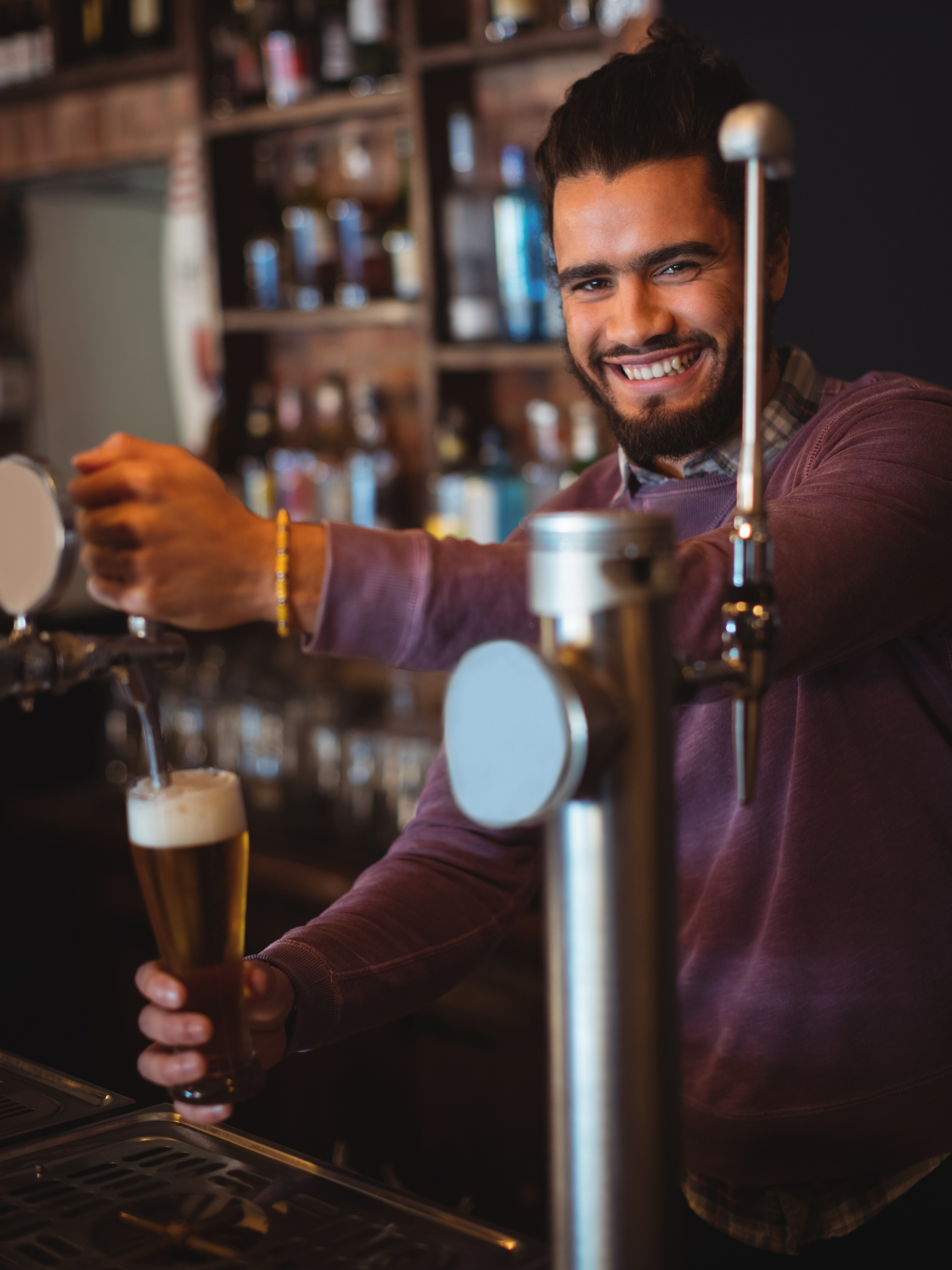Why Bartenders Make the Best Therapists
(And What They Wish They Could Say)
Walk into nearly any bar in New York City—whether it’s a sleek rooftop lounge or a neighborhood dive—and you’ll find the same silent truth behind the counter:
Bartenders are listening.
To first dates unraveling. To breakups being processed in real time. To late-night confessions, half-whispered and half-sloshed.
They hear it all—without ever asking for it.
And while the role is technically “mixologist” or “bartender,” make no mistake: a good bartender often becomes the room’s unofficial therapist.
But unlike your actual therapist, bartenders can’t bill you for their time. And they certainly can’t always say what’s really on their mind.
The Emotional Labor No One Sees
A bartender’s shift is part performance, part logistics, part quiet emotional triage.
Behind every cocktail order is a human mood: celebration, loneliness, stress, flirtation, grief. Often, bartenders are expected to read it, respond to it, and handle it—all while five other tickets are open and the ice machine is jammed.
This is emotional labor, and it’s baked into the job. Most bartenders will tell you they don’t mind it—many even cherish the connection—but it takes a toll, especially when guests confuse service with servitude.
As one longtime bartender put it:
“We’re not just serving drinks. We’re absorbing a lot more than people realize.”
What They Wish They Could Say
Bartenders are professionals. They’re trained to remain calm, composed, and welcoming. But if they could drop the guardrails for just a moment, here’s what many of them would tell you:
“I care, but I’m also tired.”
They’re human. Showing kindness and emotional presence doesn’t mean they don’t have their own hard days.“It’s okay to talk—but don’t unload.”
A little realness is welcome. A 45-minute monologue about your divorce while they’re deep in a rush? Not so much.“Don’t assume we’re here to flirt.”
Friendly doesn’t mean interested. Respect goes both ways.“A genuine ‘thank you’ matters more than you think.”
Especially during a packed Friday night when they haven’t looked up in an hour.“Tip like you just had a really good conversation.”
Because maybe you did.
The Unspoken Bond Between Bartender and Guest
There’s something sacred about the bar top.
It’s one of the few remaining places where you can have a spontaneous, unscripted human interaction in a city that moves at 90 miles an hour.
Whether it’s a five-minute exchange or a two-hour connection, there’s something uniquely intimate about the bartender-guest relationship.
There’s no clipboard. No billing code. Just one person showing up for another.
Want to Learn What Really Happens Behind the Bar?
At Art of the Cocktail, we offer more than mixology classes—we offer insight into what the cocktail world actually feels like.
Through private events, educational workshops, and curated tastings, our team of NYC’s top bartenders shares not just recipes—but stories, technique, and the humanity behind the glass.
We offer:
Private and corporate classes on mixology and hospitality culture
Cocktail experiences designed for emotional connection and team bonding
Event activations that celebrate both the art and the people behind the bar
Want to Host an Event That Respects the Craft?
Partner with Morgan at NYC Event Venues to secure a venue that matches the vibe of your gathering—whether intimate, celebratory, or quietly reflective. Her portfolio of unique spaces across the city ensures the setting supports the energy you want to create.
Together, Morgan and Art of the Cocktail bring hospitality back to its human core: care, respect, and great conversation—served with something exceptional in your glass.
Book Your Event or Cocktail Experience
Private classes, mobile bars, and storytelling-driven activations across NYC.
Because sometimes, the best kind of therapy comes with citrus, ice, and a bartender who just gets it.

